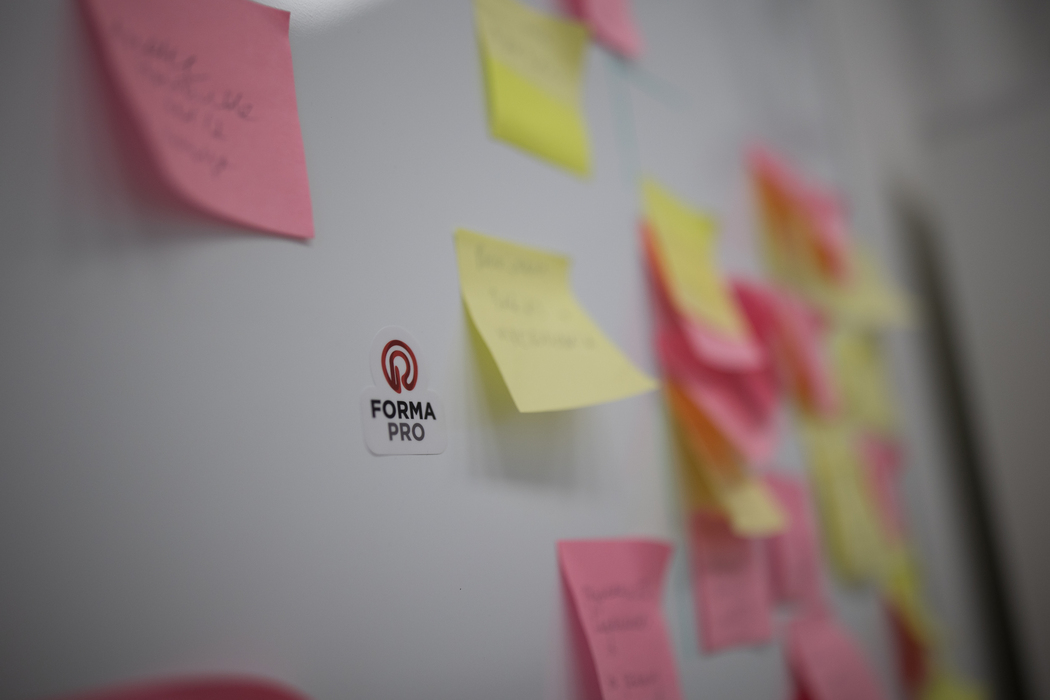How We’re Transforming Customer Onboarding in FinTech with Agentic AI

When we first started working on Project Aurora, our client — a nimble neobank — came to us with a challenge that felt all too familiar in the FinTech world: manual compliance checks were slowing everything down. Onboarding a new customer felt like moving through molasses. Their compliance officers were overworked, growth was being throttled by process, and worst of all, the risk of human error in a regulated environment was always looming.
For us, it wasn’t just about automating a workflow — it was about reimagining how a bank could handle compliance without sacrificing speed, accuracy, or trust. And that’s where our experience with AI and cloud technologies came into play.
Understanding the Problem (and Feeling It With Our Client)
We don’t just code in isolation. From the very beginning, we sat with the client’s team, watched how their officers interacted with the system, listened to their frustrations, and asked the hard questions:
- What would happen if a mistake slipped through?
- Which steps take the most time but don’t add value?
- Where do people feel they’re fighting the system rather than working with it?
This hands-on approach allowed us to see the real pain points behind the numbers, not just the theoretical inefficiencies. And yes—it’s often messy and human, but that’s exactly what helps us design systems that are both reliable and practical.
Building the Solution: Agentic AI, With a Human Heart
We chose an agentic AI approach because the problem required more than just data extraction—it required orchestration. Using Azure AI services, Durable Functions, and OCR, we could process customer documents, extract and structure data, and have LLM agents collaborate on risk checks and decision support.
But here’s the thing: AI alone isn’t enough in finance. Compliance isn’t a place for experimentation or half-measures. That’s why we built a Copilot Studio workspace—a human-in-the-loop interface that lets compliance officers review AI suggestions, override when needed, and still move much faster than before.
We weren’t just solving a technical challenge; we were bridging AI and human expertise, making sure the technology works with people, not instead of them. That’s a philosophy we’ve held since the start of the project and one that guides every solution we build.
Lessons Learned (and Shared Enthusiasm for the Next Step)

Implementing Project Aurora wasn’t without challenges. Data privacy, model transparency, and seamless integration with existing systems kept us thinking creatively. But each obstacle was also an opportunity: to refine our architecture, to test multi-agent validation strategies, and to ensure the system truly earned the trust of the people using it.
The results spoke for themselves: onboarding time dropped by 60%, LLM mistakes were eliminated, and the architecture we built is scalable enough to handle rapid growth.
Yet, as excited as we are about what we’ve accomplished, we’re also aware of what still lies ahead in the FinTech landscape:
- Regulations are constantly evolving, and AI systems must adapt in real time.
- AI model risks, biases, and transparency will remain challenges for any institution relying on intelligent automation.
- The market is exploring hybrid solutions, and keeping a human-centered design while scaling automation is still a delicate balance.
These are not problems that scare us — they excite us. They push us to stay curious, test new ideas, and refine our approach so that each project we take on isn’t just a technical success, but a real business enabler.
Why This Matters
At the end of the day, our mission is simple: help businesses work smarter, faster, and safer. Project Aurora is a shining example of how a thoughtful combination of AI, human insight, and deep client collaboration can turn a slow, error-prone process into a competitive advantage.
We’re proud of the work we’ve done, and even more excited about what’s next. FinTech is evolving rapidly, and there are endless opportunities to innovate — not just in technology, but in how we understand and solve the real problems our clients face.